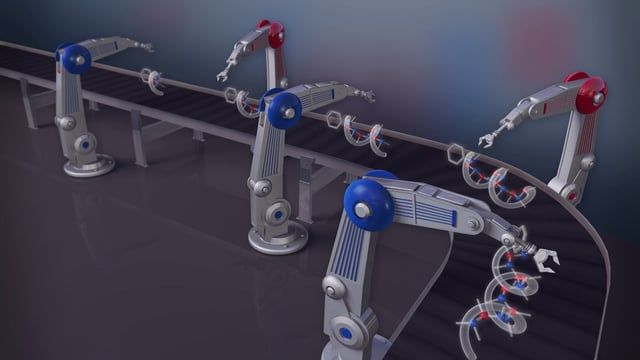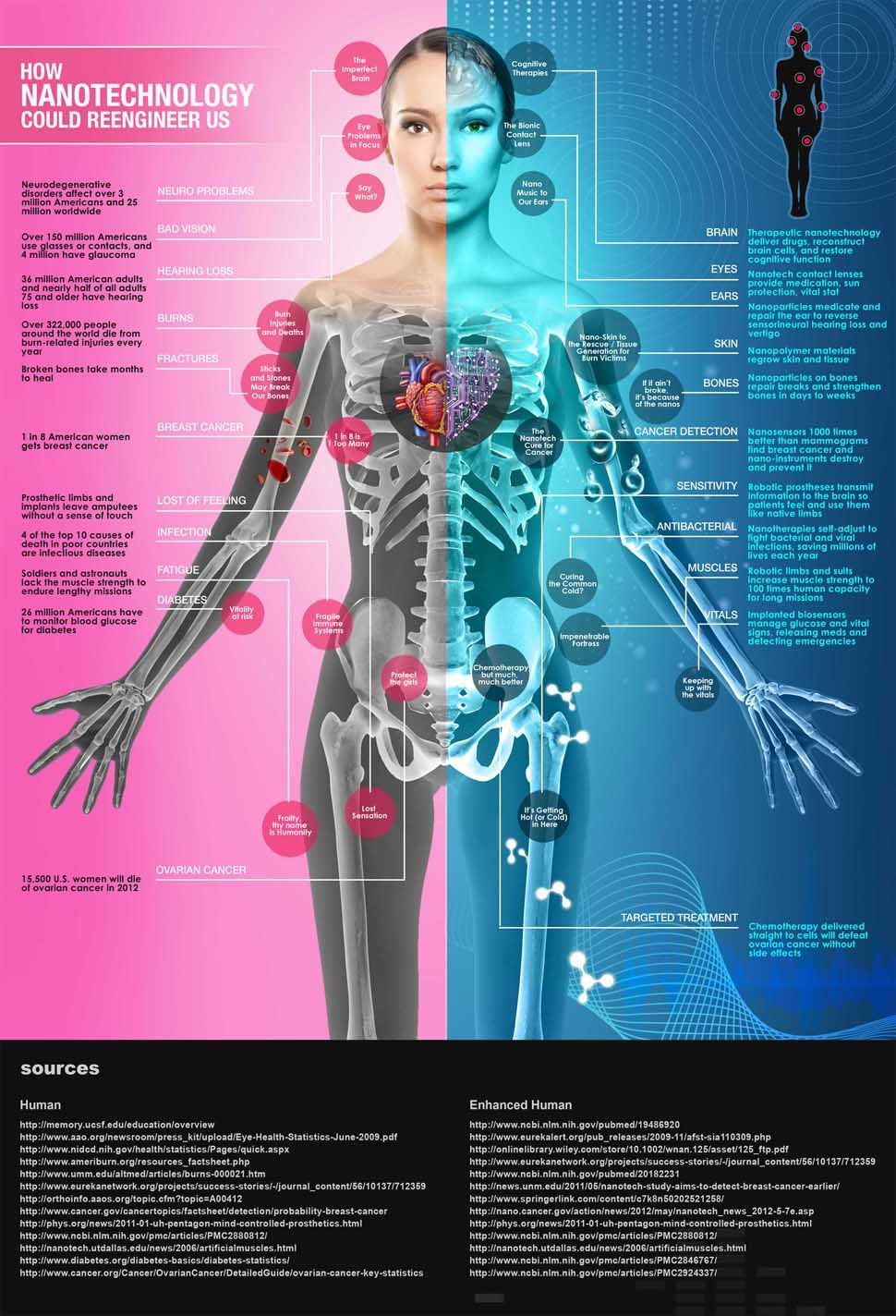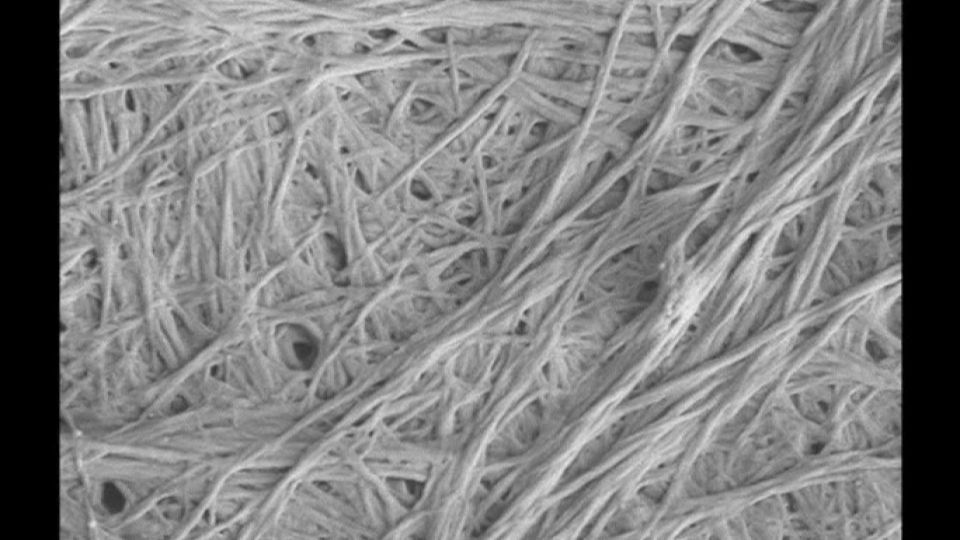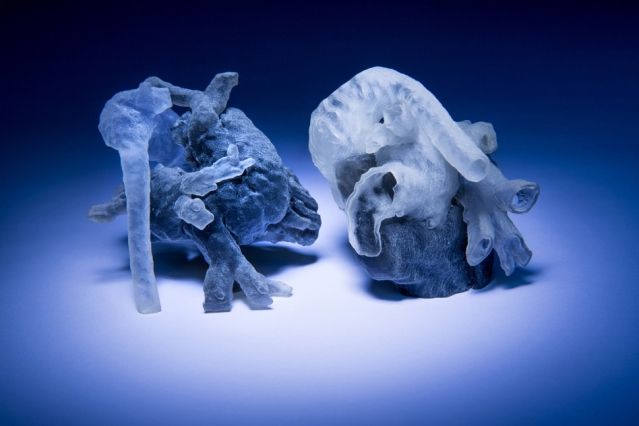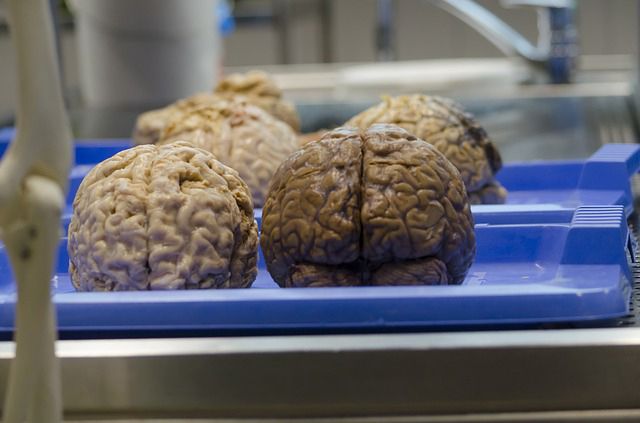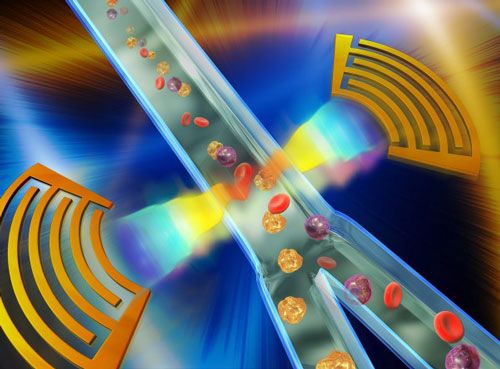Sep 21, 2015
Chemists create ‘assembly-line’ for organic molecules
Posted by Shailesh Prasad in category: biotech/medical
(Phys.org) —Scientists at the University of Bristol have developed a process where reagents are added to a growing carbon chain with extraordinary high fidelity and precise orientation, thereby controlling the conformation of the molecule so that it adopts a helical or linear shape. The process can be likened to a molecular assembly line.
Nature has evolved highly sophisticated machinery for organic synthesis. One of the most beautiful examples is its machinery for the synthesis of polyketides, a very important class of molecules due to their broad spectrum of biological activities (for example antibiotic, antitumor, antifungal, antiparasitic).
Continue reading “Chemists create ‘assembly-line’ for organic molecules” »
